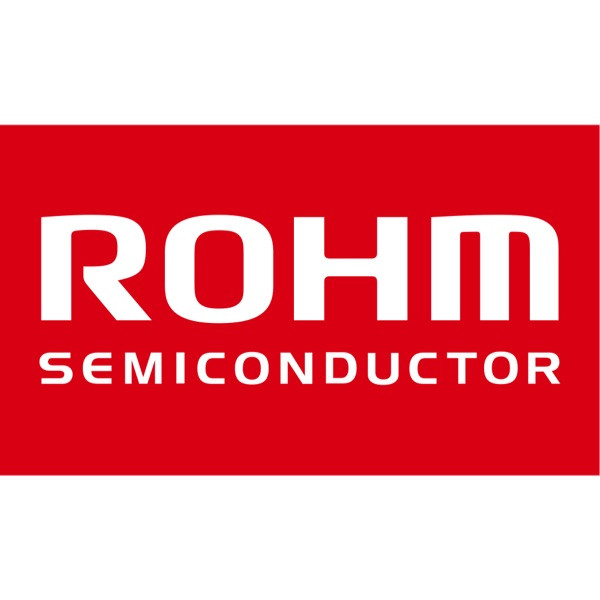Simplifying video transmission with new automotive SerDes ICs
01-11-2022 | ROHM Semiconductor | Semiconductors
ROHM has created full-HD-compatible (1980×1080 pixels) SerDes ICs – BU18TL82-M Serialiser, BU18RL82-M Deserialiser – optimised for multi-screen vehicle displays.
Unlike typical SerDes ICs (serialisers and deserialisers) that must be connected in pairs for every video transmission, its new BU18RL82-M deserialiser can be daisy-chained to facilitate video transmission over multiple routes – utilising just a single serialiser. Lowering the number of connectors and cables streamlines video transmission paths, reducing system costs and failure risks. The new products can also monitor whether video data is correctly transmitted end-to-end (from the SoC to the displays) by comparing CRC values. This feature supports functional safety in automotive applications.
“The arrival of more and more electronic innovations in automotive applications, such as mirrors or the use of LCDs in instrument clusters, have increased the number of panels installed per vehicle, resulting in more complex video transmission paths. As this entails higher system costs and greater risk of failure, the challenge was to simplify the video transmission pathways as much as possible,” explains Stefan Drouzas, Senior Application Marketing Manager at ROHM. “At the same time, it is important to incorporate functional safety features since frozen video in electronic mirrors and tell-tale image failures in instrument clusters can lead to serious accidents,” Stefan Drouzas continues.
The company's existing SerDes ICs for automotive camera applications of the BU18xMxx-C series make them an excellent proposal for next-generation vehicle networks.
The new BU18xL82-M series is qualified under the AEC-Q100 standard, providing automotive-grade reliability. The BU18TL82-M serialiser, in particular, supports the OpenLDI and MIPI-DSI input interfaces, allowing suitability for a wide range of SoCs.



